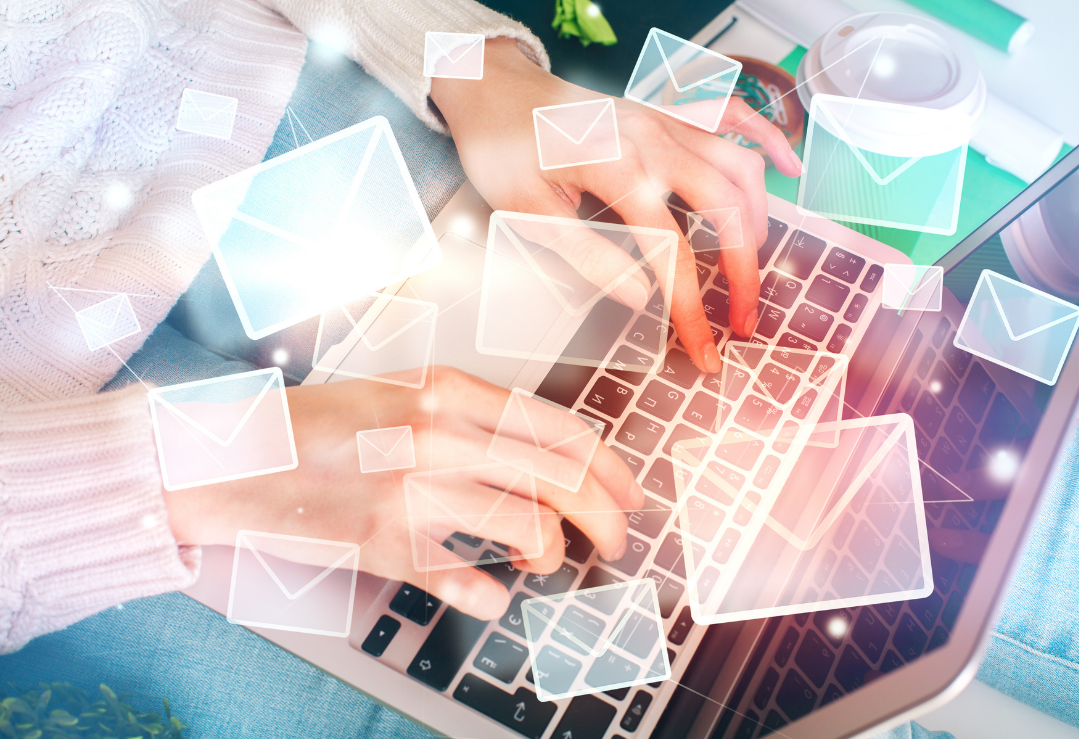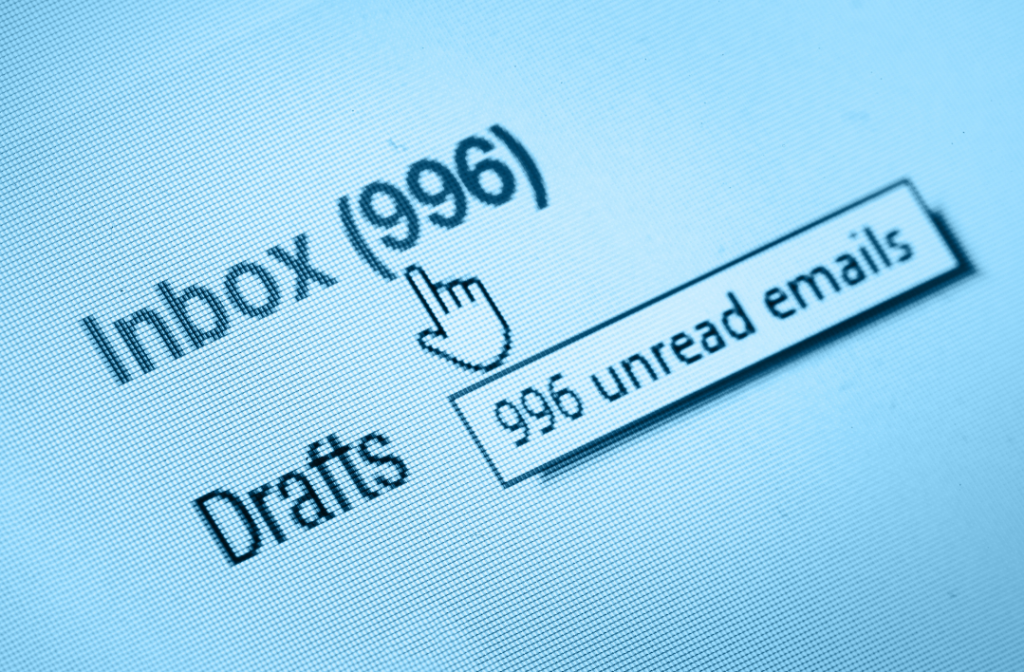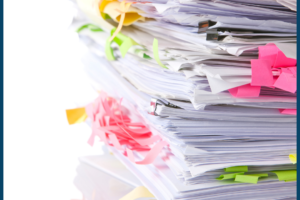
Overwhelmed by emails? Use THESE 8 Proven Tips
How many emails do you have?
Okay, that’s a trick question because there are many ways to answer: email accounts, unopened emails, or total number of emails across all accounts.
The quantity doesn’t really matter. It’s the impact of the number that’s the problem.
OVERWHELM!
For you, five unanswered emails may feel stressful. Someone else may not be bothered until they see 25 or even 100 emails that need to be processed.
It’s crucial that you…
“Keep in mind that e-mail is essentially a speed medium. Communicating through e-mail buys you incredible speed. And this speed exists on both sides of the communication.” ~ Marty Clarke
So why the overwhelm…you receive an email, you respond, they respond, you respond, and so forth. If you start this first thing in the morning, it might be noon before the email go-round stops!
You may think that if you keep going through your emails, you’ll eventually achieve the heralded “inbox zero.”
Well, here are some interesting statistics:
- More than 149,513 emails are sent each and every minute.
- A 2018 survey showed that people check their personal email every few hours. They look at their work email with the same frequency, even if they aren’t at work.
- In an average workweek, employees spend 16%, or 15.5 hours, on emails.
- 55% of workers feel that excessive emails impact their ability to work on their primary job responsibilities.

Making decisions about what to do with digital communications may be difficult for you, especially if you fear that you may need it again.
While there may be limits to the number of emails you can send or receive each day, as well as the overall amount of storage you have, it’s easy to stay below or get around these limitations.
Do you know what else is simple? Sticking emails into folders! Then they attain “out of sight, out of mind” status. Then one day you realize you have thousands and thousands of messages. By then, you’re too overwhelmed to think about how to best deal with them.
Since the number of emails sent and received each day is more likely to increase than decrease, here are eight tips to help you manage your electronic correspondence more effectively.
- Decrease. I know you feel you need to look at your email all the time. Regardless of your current frequency, you need to decrease it. While checking it two to three times a day would be optimal, since you may be laughing out loud at this suggestion, start with once an hour. One way to do this is to set your email to only send/receive once an hour rather than every five minutes. Yes, I realize you can manually refresh your email. But I hope the urge to do so will also decrease over time.
- Deactivate. If you have an alarm or pop-up notify you when you receive new messages, disable it.
- Don’t Delete – Unsubscribe. Obviously, deleting as many emails as possible is great. But if you don’t unsubscribe from that annoying newsletter you never read, you’ll just have to delete it again next month. Ezines and electronic newsletters are required to have “opt out” buttons. They are usually found at the bottom of the page. Have no fear, if you have “unsubscribers remorse,” they’ll be happy to have you sign up again.
- Pick up the phone. If you send out fewer emails, you will have fewer emails coming back to you with replies. If it’s a quick question, try picking up the phone to get the answer. In that case, it’s also probably faster.
- Decide now. This is the hard part, but if you can learn to make a decision immediately about each email as you check them, you’ll get through the pile much faster. There are really only a few decisions you need to make: 1) file it 2) delete it or 3) take some action. If it’s the third one, your actions might be:
- Put the information on your calendar. (events, meetings) Then delete the email.
- Put the information in your address book. (names and contact info) Then delete the email.
- Put the information on your project and/or to-do list. (tasks) Then delete the email.
- Designate. Many email programs have the ability to establish rules. For instance, emails from a certain source go into a specific folder. For example, if you are part of an association or group, you can choose to direct all those emails to a specific folder so they don’t show up in your inbox at all. Then when you are ready, you can process those emails in clusters. Pro tip: Don’t establish too many rules because then you will just have a bunch of folders to look in!
- File, don’t print! Save some trees by not printing email. It’s so easy to hit the print button, but as soon as you do that, you’ve created paper clutter. Only print out what you absolutely must and file the emails you must keep.
- Have no fear. These days, deleting an email rarely means you can’t find it again. Your email system probably has a trash folder that keeps messages for 30 days. So if you suddenly need the item next week, it will still be there.
I know that having eight tips to manage your email overload may seem overwhelming unto itself.
So choose one tip and work up to using it consistently for 60 days. Then add another strategy onto your email processing.
Sorting through email is like anything: it takes time. By starting slowly, you’ll develop sustainable habits.
Which strategy will you try first? Type your strategy below, along with any questions or comments.



